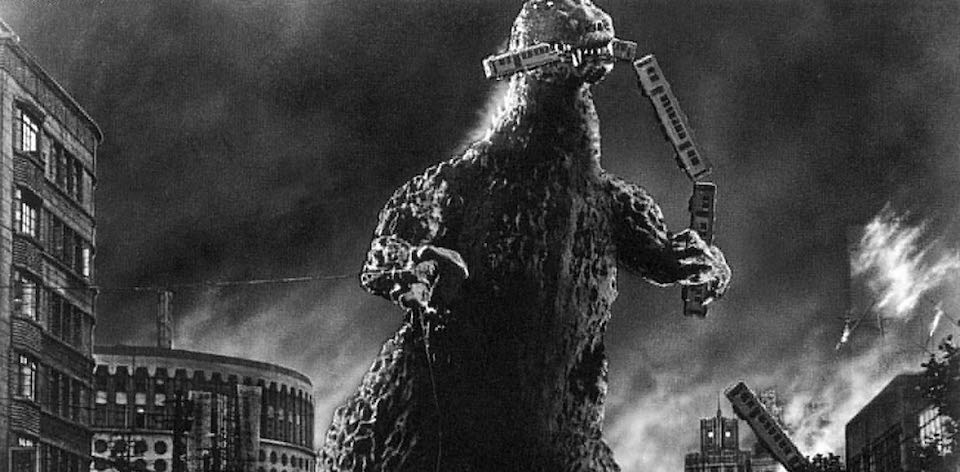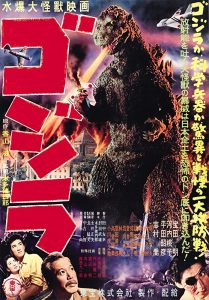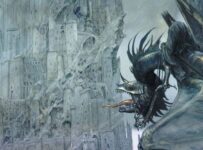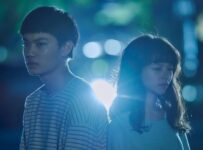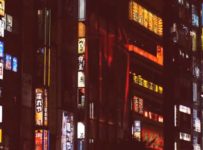Godzilla. The very name conjures up so many iconic images, from toppling buildings to the fleeing citizens of Tokyo. It is hard to believe that this was largely dismissed by Japanese critics on release, seen by some as exploitative of a nation who were only just recovering from the very real devastation of a war.
Yet to understand the significance of Ishirô Honda’s GODZILLA (ゴジラ or Gojira – a combination for the Japanese words for “gorilla” and “whale”) is to recognise its proximity to a literal nuclear apocalypse in Hiroshima and Nagasaki. “Godzilla absorbed massive amounts of atomic radiation,” says palaeontologist Kyohei Yamane (played by the legendary Takashi Shimura) “and yet it still survived! What do you think could kill it?”
He could just as easily be talking about the Japanese spirit, with the 1950s causing many writers and commentators to ponder the future of traditions in the face of western influence. Only a few years before, writer Osamu Dazai pondered this dilemma (with an ironically western style of writing) in the classic No Longer Human (人間失格 Ningen Shikkaku or literally “Disqualified from Being Human”).
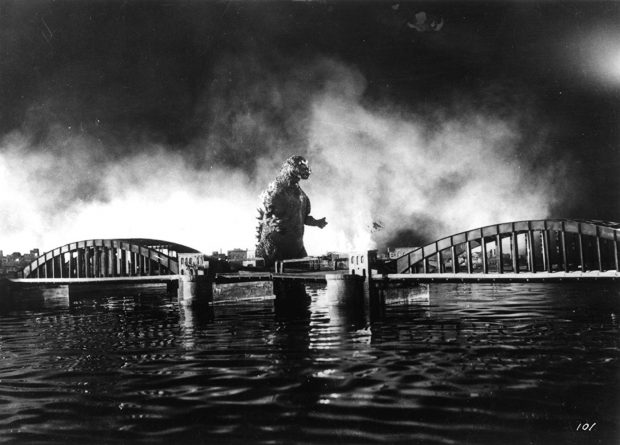
We’re now 65 years on from the initial release, with 35 films, dozens more Toho kaiju films and countless imitators to compare this to. It might be said that that this film is now dated, but that is decidedly unfair for a film that reinvented the modern monster film in the same way King Kong did twenty years earlier. Although the later Shōwa era films were made intentionally laughable and for younger audiences, there’s an earnestness here that carries the film well beyond its rubber-suited shopfront.
Consider the sequence where Godzilla emerges from Tokyo Bay, attacks a train near Shinagawa, and returns to the ocean. It’s an atmospheric and brilliantly edited sequence backed by Akira Ifukube’s now iconic score and, of course, that distinctive instrumental roar. Apart from maybe Tarzan’s yell, is there a more recognisable bit of sound design in cinema history? The vision of a devastated Tokyo was perhaps a little too real in 1954, and it remains as chilling today in its stark black and white as it did then.
Then there’s the cast: Akira Takarada, Momoko Kōchi, Akihiko Hirata, and Shimura. While Hirata had only made his debut the year before (in The Last Embrace along with the first film in Hiroshi Inagaki’s Samurai Trilogy), the presence of Shimura adds a massive amount of gravitas to the picture. Shimura has well over 100 credits to his name by 1954, including a dozen of Akira Kurosawa’s films and his career defining lead role in Ikiru (1952). Remarkably, he would add as many credits to his filmography in the remaining 27 years of his career, appearing in 21 out of 30 Kurosawa’s films.
The Tokyo of today celebrates Godzilla, from the statue outside of the Toho headquarters to the massive head of its flagship character poking over another Toho building in Shinjuku. When I was there in September last year, Tokyo was being battered by strong winds resulting from Typhoon Jebi closer to Kyoto. Looking out at the massive figure on that rooftop with the elements raging, it felt as if the head would let out its distinctive roar at any moment. (It only does that 8 times a day though).
What resonates most powerfully about the film is the Dr. Daisuke Serizawa’s (Akihiko Hirata) fear that his ultimate weapon for fighting Godzilla could fall into the wrong hands. “Bombs versus bombs, missiles versus missiles,” he exclaims, “and now a new superweapon to throw upon us all! As a scientist – no, as a human being – I can’t allow that to happen!” He doesn’t, but his words echo the sentiments of a wary nation that feared a nuclear wasteland in the aftermath of the Second World War.

